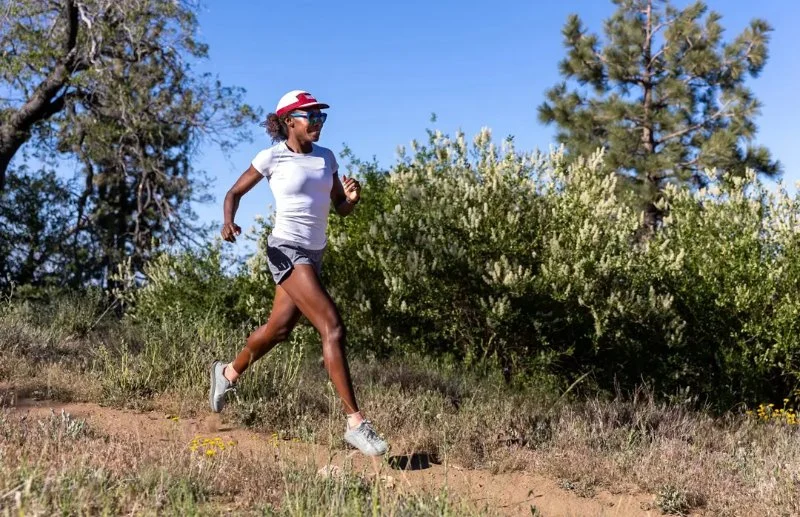
- why-cadence-training-makes-you-faster
- understanding-cadence-and-its-impact-on-cycling-performance
- the-science-behind-high-vs-low-cadence
- how-cadence-training-builds-endurance-and-efficiency
- real-world-case-athlete-progress-through-cadence-focus
- how-to-start-cadence-training-effectively
- why-cycling-guider-helps-optimize-your-cadence-strategy
1. Why Cadence Training Makes You Faster
For cyclists of all levels, improving speed often comes down to refining technique rather than just pushing harder. One of the most underrated yet powerful methods is cadence training. If you’ve ever asked yourself why some riders seem to fly up hills or cruise effortlessly on flat roads, cadence could be the key. Understanding why cadence training makes you faster can unlock new levels of performance—without necessarily increasing your overall power output.
2. Understanding Cadence and Its Impact on Cycling Performance
2.1 What Is Cadence?
Cadence refers to the number of revolutions per minute (RPM) your pedals make as you ride. Most cyclists operate between 60 and 100 RPM, but optimal cadence varies depending on experience level, terrain, and body mechanics. It’s not just about spinning faster—it’s about spinning smarter.
2.2 Why Cadence Affects Speed and Energy Use
At higher cadences, your muscles perform less per pedal stroke but fire more frequently, reducing muscular fatigue. Lower cadences place more strain on muscle fibers but can feel more powerful. The sweet spot is about balancing effort with efficiency.
3. The Science Behind High vs. Low Cadence
3.1 Cardiovascular vs. Muscular Demand
Studies show that higher cadence tends to shift the workload toward the cardiovascular system, which is more efficient over longer durations. Conversely, lower cadence forces more load onto the muscles, which can wear down strength reserves quickly.
3.2 Lactate Threshold and Cadence Training
Elite riders often use cadence drills to control lactate buildup. By maintaining a smooth pedal stroke at higher RPMs, they delay fatigue and extend performance. Training your body to handle different cadences improves your metabolic flexibility—critical in endurance racing.
4. How Cadence Training Builds Endurance and Efficiency
4.1 Reducing Muscle Fatigue Over Distance
When your cadence is optimized, your body distributes effort more evenly, preventing burnout in your quads or calves. This leads to better endurance during long rides, especially over rolling terrain.
4.2 Increasing Pedal Stroke Smoothness
Drills like single-leg pedaling or spin-ups help you learn to apply power consistently through the entire stroke. This reduces “dead spots” and makes your energy transfer more efficient.
4.3 Enhancing Your Climbing Game
Many riders mash the pedals at low cadence on climbs, exhausting themselves prematurely. Training to climb at 80–90 RPM helps maintain momentum without blowing up halfway up the hill.
5. Real-World Case: Athlete Progress Through Cadence Focus
Meet Jenna, a recreational cyclist turned age-group triathlete. For years, she pushed big gears, riding at a steady 65 RPM. While strong, she always burned out mid-race. With guidance, she began cadence drills twice a week—gradually increasing her average RPM to 85. The result? A 12-minute improvement in her Olympic triathlon bike split and far less leg fatigue heading into the run.
Jenna’s story echoes what many coaches report: optimizing cadence is often the missing link in athletic progression—not more miles, not more watts.
6. How to Start Cadence Training Effectively
6.1 Use a Cadence Sensor or Smart Trainer
You can’t improve what you don’t measure. A reliable cadence sensor or smart trainer gives real-time feedback so you can monitor your RPM in different conditions.
6.2 Structured Drills to Introduce Variety
Start with intervals: 5 minutes at 90 RPM, 5 at 70, then back to 90. Over time, add complexity like high-cadence sprints (110–120 RPM) to train your neuromuscular coordination.
6.3 Combine With Heart Rate or Power Zones
Your goal is to find the cadence that lets you stay within your aerobic zone without overtaxing your muscles. Most riders find this zone between 80–95 RPM when riding at endurance pace.
7. Why Cycling Guider Helps Optimize Your Cadence Strategy
Cadence training doesn’t have to be complicated, but the right tools and guidance make a difference. At Cycling Guider, we offer gear, training plans, and coach-approved resources tailored for cyclists looking to boost their performance through smart cadence work. Whether you're new to training or chasing podiums, our platform helps match you with products and routines designed to improve your ride—not just your speed, but your whole riding experience.
Take the guesswork out of cadence and start riding smarter with Cycling Guider.


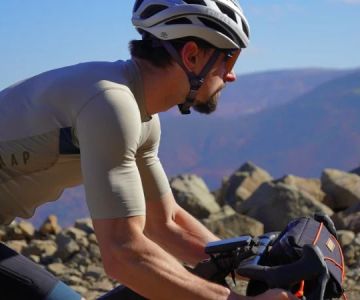
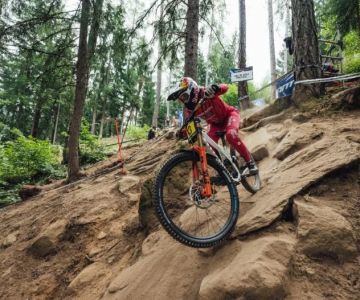


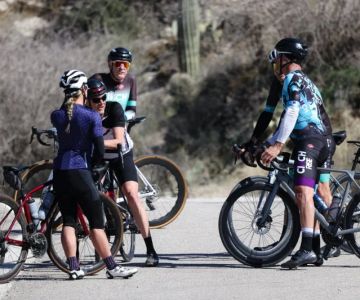
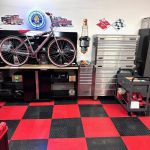 Billet BMX5.0 (2 reviews)
Billet BMX5.0 (2 reviews) Far East Children Bicycle Factory1.0 (1 reviews)
Far East Children Bicycle Factory1.0 (1 reviews)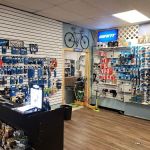 Archer Motorsports, Inc.4.0 (8 reviews)
Archer Motorsports, Inc.4.0 (8 reviews) YEP Bike Works4.0 (55 reviews)
YEP Bike Works4.0 (55 reviews) Gorham Bike & Ski4.0 (498 reviews)
Gorham Bike & Ski4.0 (498 reviews)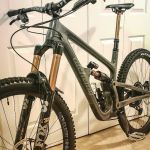 Alchemy Bikes4.0 (37 reviews)
Alchemy Bikes4.0 (37 reviews) How to Teach Kids to Ride a Bike: A Step-by-Step Guide for Parents
How to Teach Kids to Ride a Bike: A Step-by-Step Guide for Parents Tips for Riding on Busy City Streets: Smart Strategies for Urban Cyclists
Tips for Riding on Busy City Streets: Smart Strategies for Urban Cyclists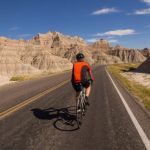 Best US National Parks for Mountain Biking: Ride Epic Trails Across America
Best US National Parks for Mountain Biking: Ride Epic Trails Across America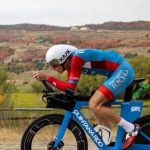 Best Aero Helmets for Time Trials and Racing
Best Aero Helmets for Time Trials and Racing How to Clean and Lubricate Your Bike Chain Like a Pro
How to Clean and Lubricate Your Bike Chain Like a Pro 10 Must-Have Items for Long-Distance Cycling Trips
10 Must-Have Items for Long-Distance Cycling Trips